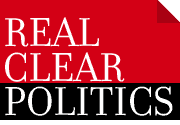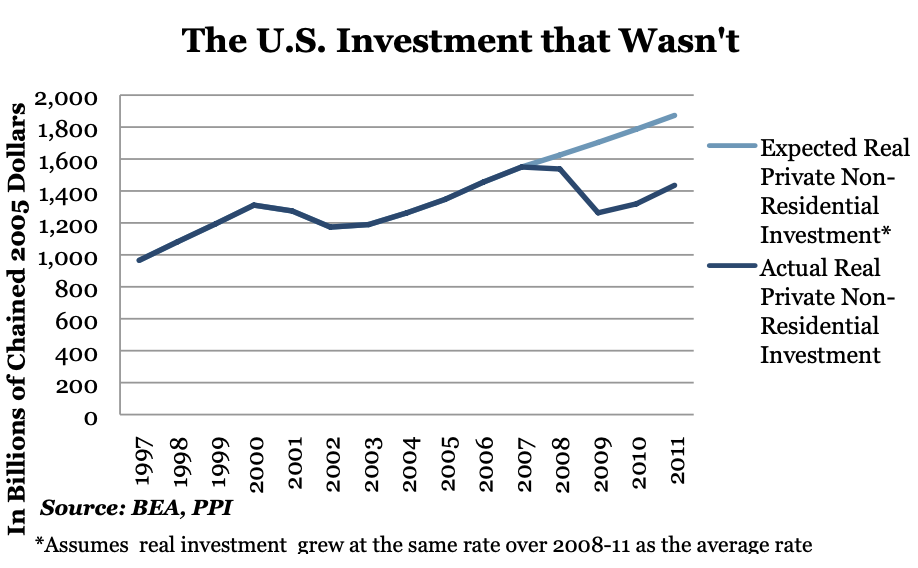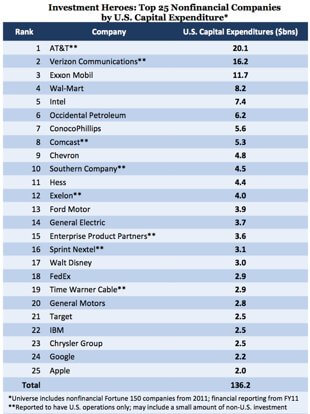In the face of a deepening economic and political crisis, the U.S. political and governing system is deadlocked. We need a new way forward. The old and tired government versus markets debate is just that—old and tired. It’s time for a broader mobilization of America’s civic resources, including the nonprofit sector and especially our colleges and universities.
We see government as a catalyst that stimulates new forms of interaction and partnerships between all sectors of society. Based on our experience at the University of Pennsylvania, we believe government should challenge all institutions of higher education (public and private; community colleges, colleges, and universities) to contribute systematically to improving the quality of life and learning in their local communities.
When called to service (e.g., Peace Corps, AmeriCorps) young people have answered the call. Each year, more than 75,000 citizens serve through AmeriCorps alone. But it is not enough to simply call upon college students to serve. Rather, government should challenge institutions of higher education, as well as students, to make a greater contribution to the public good.
America’s colleges and universities represent immense concentrations of human and economic capital (with nearly four million employees, 20 million enrolled students, $400 billion in endowments, and $1 trillion in annual economic activity). As “anchor institutions,” they have the potential to be sources of stability and permanence in civic partnerships with government and the private sector to revitalize local communities. For colleges and universities to fulfill their great potential and more effectively contribute to positive change in their communities, cities, and metropolitan areas, however, they will have to critically examine and change their organizational cultures and structures and embed civic engagementacross all components of the institution. Through more effectively targeting existing resources, as well as utilizing both modest financial incentives and the bully pulpit, the federal government can stimulate colleges and universities to realize their stated—but not fully realized—mission of service to society.
To realize this potential, we recommend a five-part strategy:
First, Congress should create a new federal commission—comprised of local, state, and national government officials along with leaders from the private sector and higher education—to forge civic partnerships with the nation’s institutions of higher education;
Second, the commission should develop innovative strategies for integrating federal programs and funding streams, as well as aligning federal efforts with these new local civic partnerships that involve colleges and universities;
Third, the commission should promote regional consortia of higher educational institutions to significantly and effectively improve schooling and community life;
Fourth, the federal government should create prestigious Presidential Awards for outstanding Higher Education-Civic Partnerships, and;
Fifth, government should provide support to colleges and universities based on the “Noah Principle”—funding given only for building arks (producing real change), not for predicting rain (describing the problems that exist and will develop if actions are not taken).




 Will Marshall compiled four positive economic stories for Real Clear Politics that President Obama should be making better use of in his campaign for re-election. From farming to exports there are positive signs in the economy according to Marshall.
Will Marshall compiled four positive economic stories for Real Clear Politics that President Obama should be making better use of in his campaign for re-election. From farming to exports there are positive signs in the economy according to Marshall.


 explains how to de-polarize Congress over at Roll Call:
explains how to de-polarize Congress over at Roll Call: Last month, Congress and the president passed major legislation (the
Last month, Congress and the president passed major legislation (the  This week’s major down-ballot contest was in Nebraska’s Republican Senate primary, where State Senator Deb Fischer came from far behind to beat the long-time front-runner, Attorney General Jon Bruning, along with “movement conservative” favorite, State Treasurer Don Stenberg.
This week’s major down-ballot contest was in Nebraska’s Republican Senate primary, where State Senator Deb Fischer came from far behind to beat the long-time front-runner, Attorney General Jon Bruning, along with “movement conservative” favorite, State Treasurer Don Stenberg.

 PPI President Will Marshall argues that the victory of Francois Hollande, a Socialist and the next president of France, will not likely have any significant impact on the American presidential election over at
PPI President Will Marshall argues that the victory of Francois Hollande, a Socialist and the next president of France, will not likely have any significant impact on the American presidential election over at